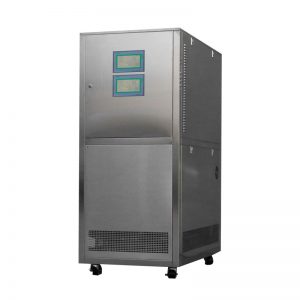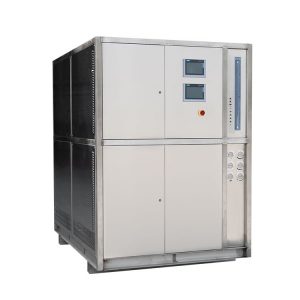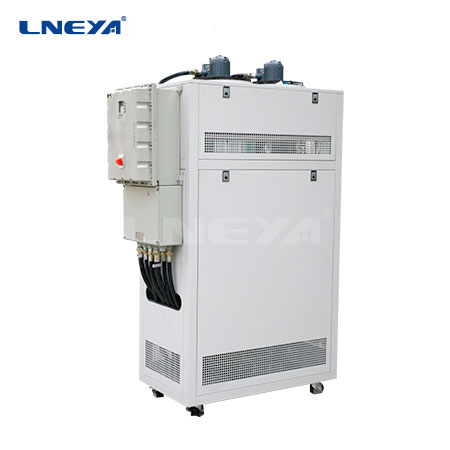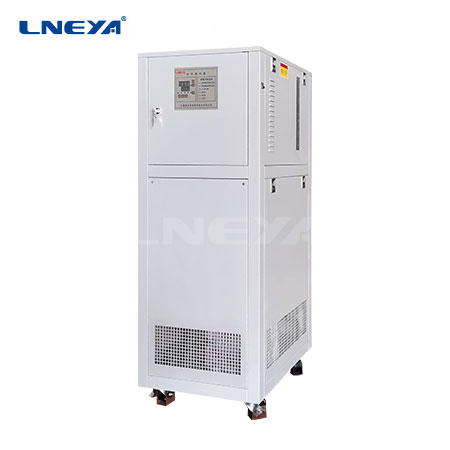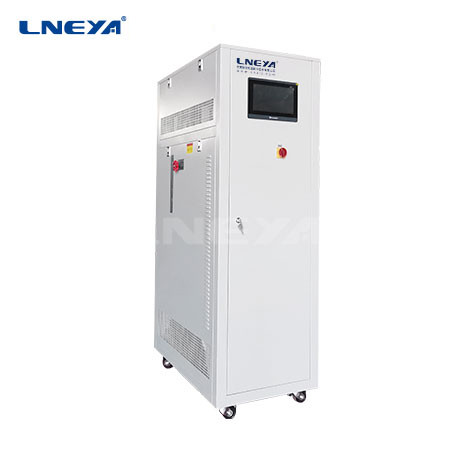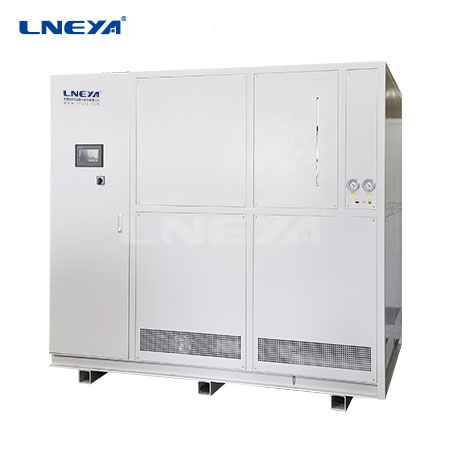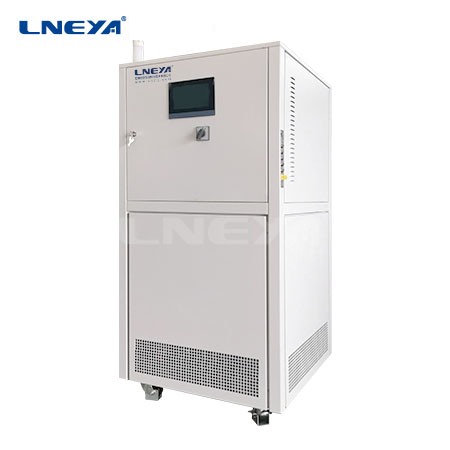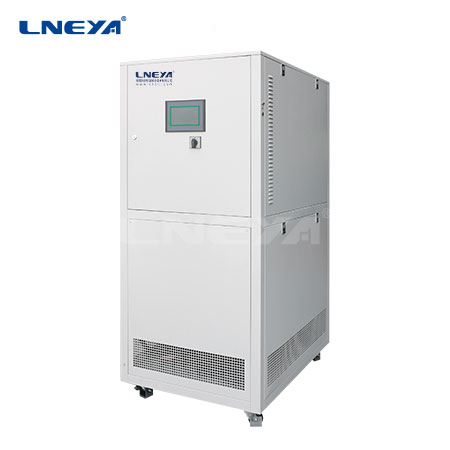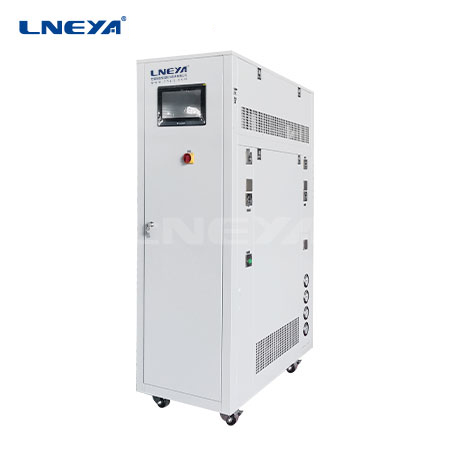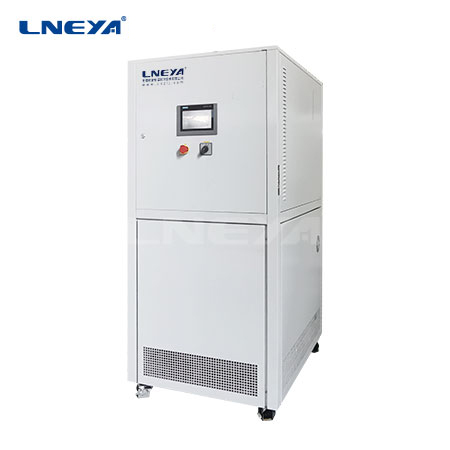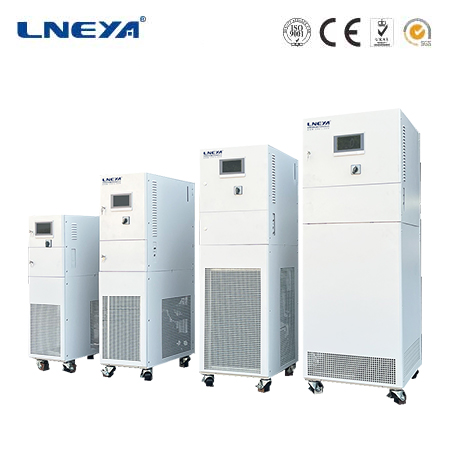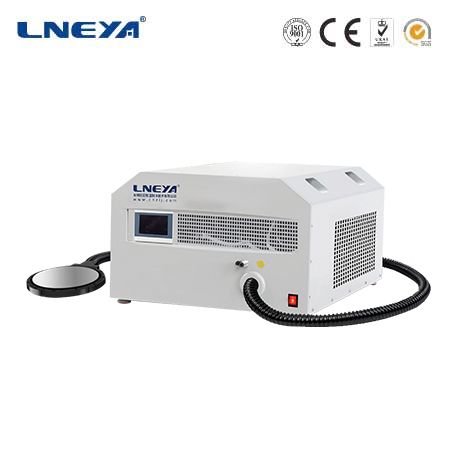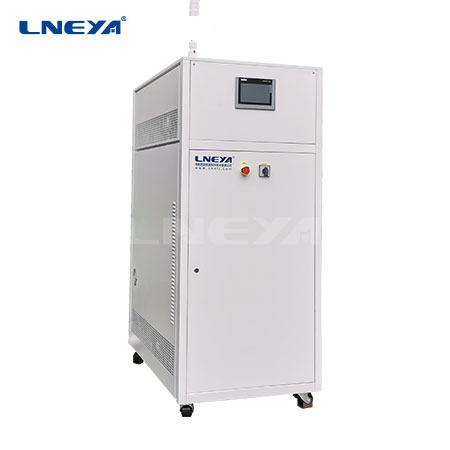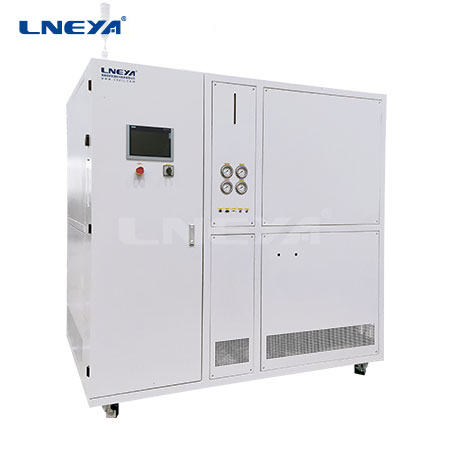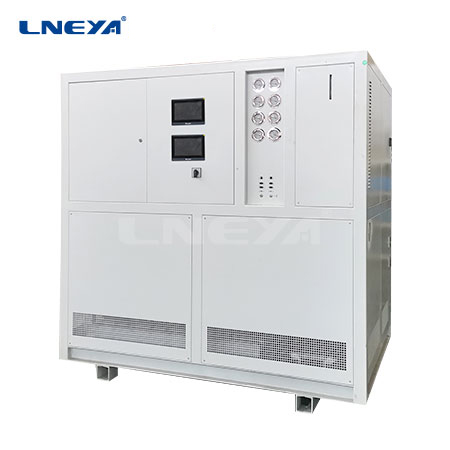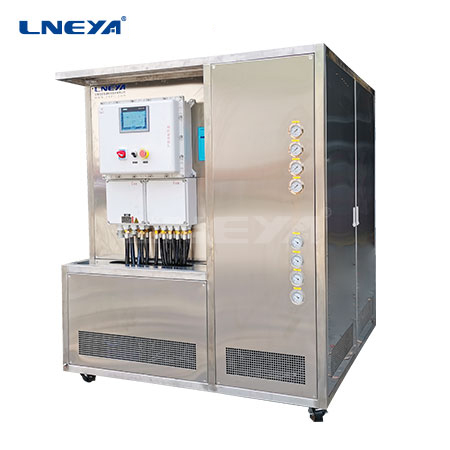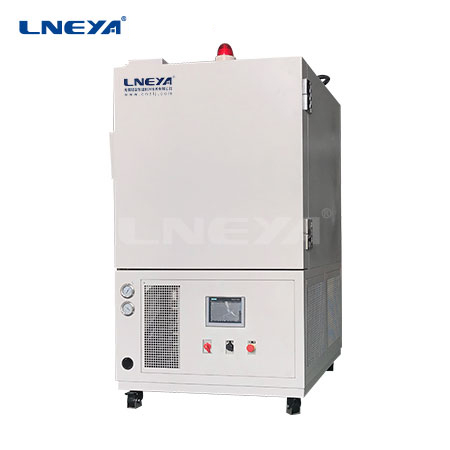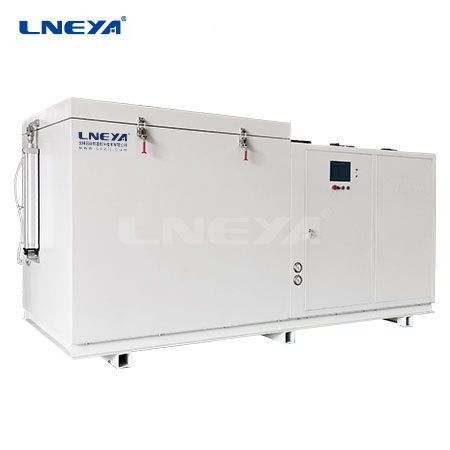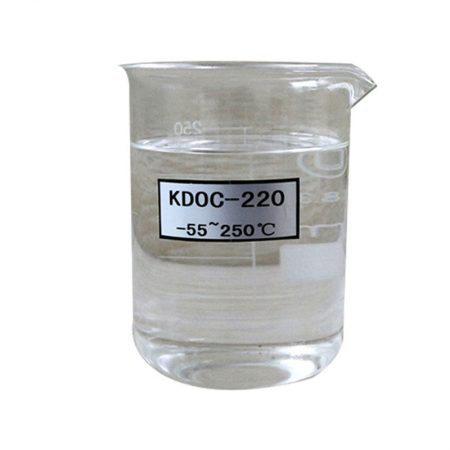Battery Energy Storage Thermal Management System
Contact us today for the perfect temperature control solution
Energy Storage Thermal Management
Because of the thermal characteristics of batteries, thermal management has become a key link in the electrochemical energy storage industry chain. From the perspective of the value and volume of the industrial chain, battery costs account for about 55% of the energy storage system, PCS accounts for about 20%, BMS and EMS account for about 11%, and thermal management accounts for about 2%-4%. The value of thermal management is relatively low, but it plays a vital role and is the key to ensuring the continuous and safe operation of the energy storage system.
Power station accidents occur frequently, and lithium battery thermal runaway is one of the main reasons for energy storage system safety accidents. The energy storage system generates a lot of heat and has limited space for heat dissipation. It is difficult to achieve temperature control under natural ventilation, and it is easy to damage the life and safety of the battery. Compared with the power battery system, the batteries of the energy storage system have higher power, more quantity, and stronger heat generation, and the tight arrangement of the batteries leads to limited heat dissipation space, making it difficult to dissipate heat quickly and evenly, which may easily cause friction between the battery packs. Heat accumulation and excessive operating temperature difference lead to frequent safety accidents of the energy storage system, which will eventually damage the life and safety of the battery.

Thermal management is the key to ensuring the continuous and safe operation of energy storage systems. Ideally, the thermal management design can control the temperature inside the energy storage system in the optimal temperature range (10 – 35°C) for lithium battery operation, and ensure the temperature uniformity inside the battery pack, thereby reducing battery life decay or heat loss. Risk of loss of control.
At present, the mainstream technical routes of energy storage thermal management are air cooling and liquid cooling. Energy storage thermal management technology routes are mainly divided into air cooling, liquid cooling, heat pipe cooling, and phase change cooling, among which heat pipe and phase change cooling technologies are not yet mature.
Fully submerged liquid cooling energy storage
The so-called full immersion liquid cooling energy storage means that in the energy storage system, the energy storage cells are directly immersed in the cooling liquid, so that the cells are completely isolated from air and moisture, so as to control the operating temperature of the energy storage battery system and realize heat dissipation. management purposes.
The operation of energy storage power plants requires a stable temperature. If the temperature is too high or too low, it will affect the operating efficiency and service life of the energy storage power station. Especially when the temperature is too high, it may cause fire and explosion of the battery cell, which poses a threat to the safety of the energy storage power station.
At present, the industry has introduced a variety of solutions for the thermal management of energy storage systems. There are two main solutions, one is liquid cooling and the other is air cooling. But both options have advantages and disadvantages.
Air cooling is to use air as the heat exchange medium, and through mechanical equipment such as air conditioners, the air is circulated in the battery pack, and the temperature difference between the battery module and the air is used for heat transfer. The biggest advantage is that the temperature control is relatively stable and the temperature is relatively uniform. The disadvantage is that the heat dissipation effect is relatively poor.
Liquid cooling, which uses liquid as the heat exchange medium, has a higher specific heat capacity and higher thermal conductivity than air, and has a faster cooling speed. It has a significant effect on reducing the local maximum temperature and improving the temperature consistency of the battery module. Therefore, liquid cooling has attracted more and more attention from the industry. Regarding liquid cooling, there are also many technical routes. At present, there are two main ones. One is to surround and contact each battery with a pipe carrying coolant, so as to reduce the temperature of the battery and balance the temperature difference between the batteries; the other is Cooling plates with liquid microchannels are placed between the cells or battery modules.
Although full immersion liquid cooling is also a type of liquid cooling, it is significantly different from the former two. This method is to completely soak the battery core in an insulating, non-toxic, and heat-dissipating liquid, and the heat is taken away through the liquid to achieve thermal management. The most important thing is that the fully submerged liquid cooling can also play a role in fire prevention and prevent fires in energy storage power stations.
Email: info@lneya.com WeChat ID: +8615251628237 WhatsApp: +86 17851209193
 LNEYA
LNEYA
 简体中文
简体中文










